NATIONAL MUSEUM OF NATURAL HISTORY
How Museum Collections Advance Knowledge of Human Health
The National Museum of Natural History’s collections are important sources of information for scientific research on health and medicine.
/https://tf-cmsv2-smithsonianmag-media.s3.amazonaws.com/blogging/featured/Aisle_of_open_storage_drawers_full_of_insects_.jpg)
Collecting has a long history dating back to ancient times. The Egyptians collected books in the Library of Alexandria. The Medici Family in Renaissance Florence collected art. Now, kids at school collect Pokémon cards. The neighbor down the street collects postage stamps, and the Smithsonian collects scientific specimens.
Unlike other collections, the National Museum of Natural History’s 146 million artifacts and specimens do more than collect dust in the museum’s display cases. They are important sources of information for scientific research being conducted all around the world.
To celebrate World Health Day, here are six ways the museum’s collections have contributed to our understanding of health and medicine.
Mosquito collections help researchers prevent disease
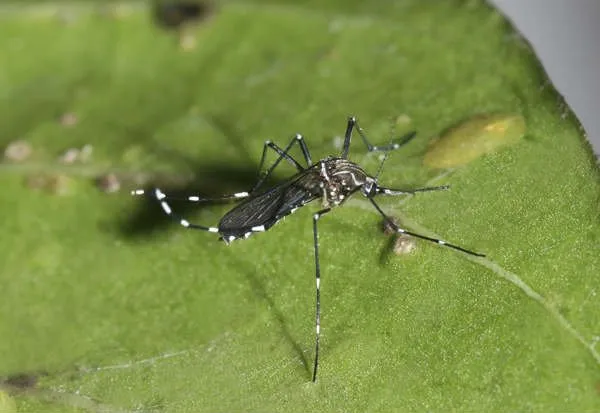
Summer brings warm weather, barbeques and swimming. But it also brings one of the deadliest insects in the world, mosquitoes.
Mosquitoes transmit diseases like Chikungunya virus, dengue fever, West Nile virus, yellow fever and malaria. They cause the death or debilitation of more than one million people each year. In hopes of preventing outbreaks of these deadly diseases, scientists use museum collections to learn more about the taxonomy, biology, and distribution of mosquitoes that transmit diseases to humans.
The National Museum of Natural History, in partnership with the Walter Reed Biosystematics Unit (WRBU), maintains the largest mosquito collection in the world with over 1.7 million specimens. The collection helps researchers not only better understand distribution, environmental preferences and specific mosquito biology, but also how the insects transmit disease. This information, along with other tools developed by WRBU, helps scientists trying to prevent future outbreaks of mosquito-borne illnesses.
Leech collections improve anticoagulants
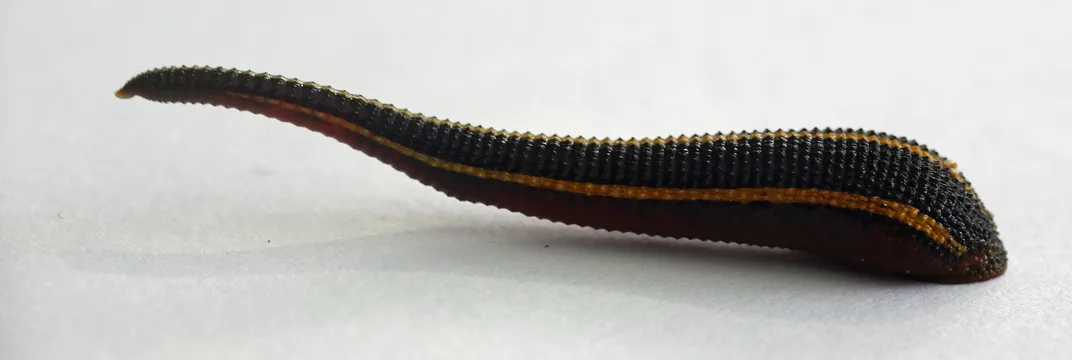
In the 1700 and 1800s, prescriptions often included leeches. These bloodsucking animals were used for a treatment called bloodletting, where blood would be removed from a patient to cure an assortment of illnesses. While purposefully attaching leeches to a person may seem barbaric, leeches are still used in medicine today.
Medicinal leeches are FDA approved medical devices that are most often used after digit reattachments, skin grafts and other reconstructive surgeries. Leeches secrete an anticoagulant from their salivary glands near their mouths which stops blood from clotting while they feed. The anticoagulant — along with the leech siphoning off blood that may become trapped in a reattached finger, nose, ear or toe — keeps oxygenated blood flowing into the tissues which promotes healing.
Leeches are also used in a modern version of bloodletting to treat rare blood conditions like polycythemia, an abnormally high red blood cell count, and hemochromatosis, when blood has too much iron.
The National Museum of Natural History has more than 200 specimens of 28 species of medicinal leeches. Scientists study these specimens to better understand the animal’s evolutionary relationships and how the variety of anticoagulants they make can be used in human and veterinary medicine.
Bird collections help scientists study past pandemics
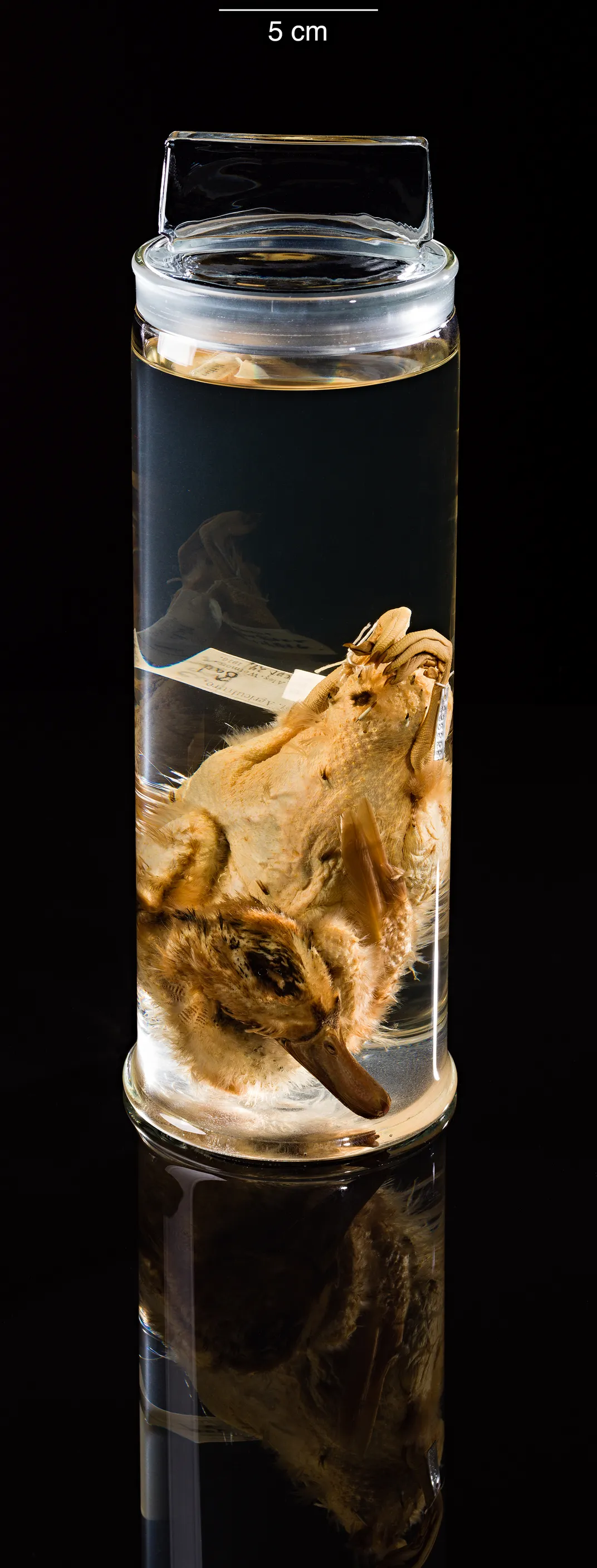
In 1918, a deadly strain of the influenza virus swept the world. Scientists estimate that one-third of the world’s population became infected and at least 50 million people worldwide died. But despite being the deadliest pandemic in the last century, not much is known about the evolutionary history of the flu strain and why it was so dangerous.
Scientists know that the 1918 flu came from birds. They are now studying how closely related the 1918 strain was to flu strains found in wild birds. Using fluid preserved bird specimens that were collected in the late 19th and early 20th centuries, Smithsonian researchers are extracting viral samples from the birds to compare it to the 1918 flu. These wet specimens retain soft tissues and other physical materials that make this genetic testing possible. Researchers hope to unlock the genetic secrets of the flu strains found in wild birds to better understand how the 1918 flu evolved into the deadly pandemic that it was.
Parasite collections can inform organ transplant procedures
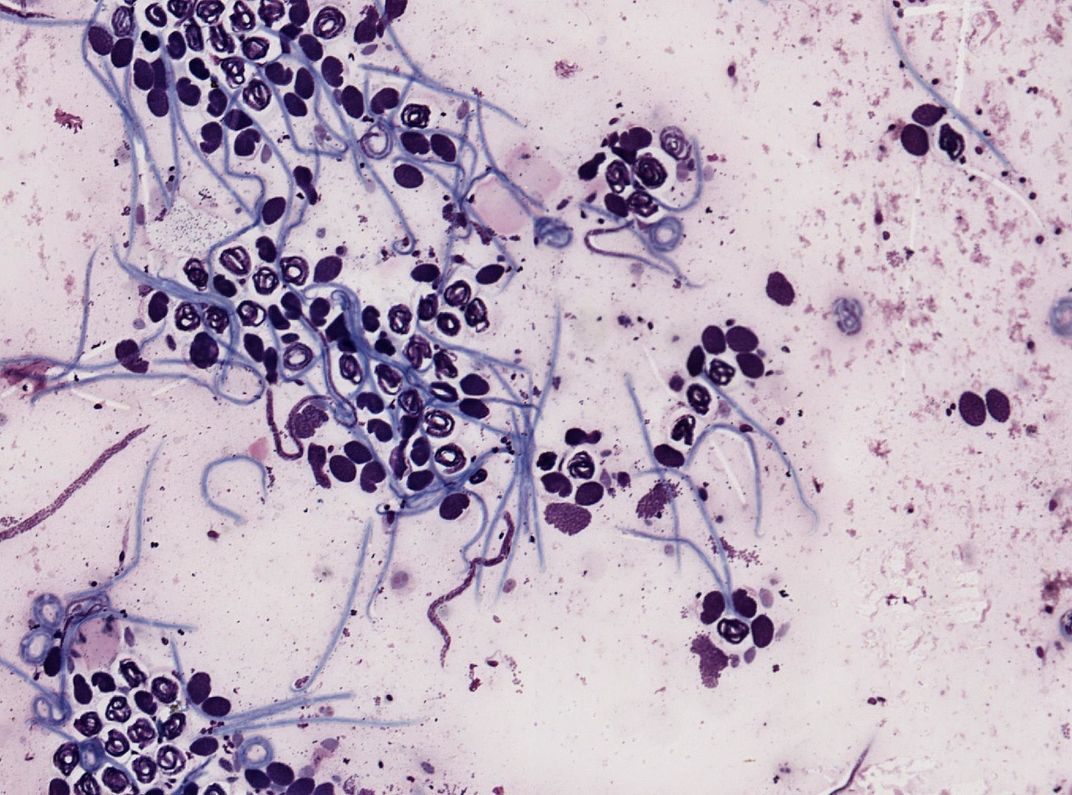
Parasites are often portrayed as the villains in a story, and while having a parasite is not usually a good thing, they can reveal a lot about human health.
The nematode Onchocerca volvulus is a human parasite responsible for a disease called Onchocerciasis or river blindness. To prevent transmission of the disease, organizations worldwide tried to eradicate the worm in the mid-1990s. In 2016, Guatemala fully eradicated the worm, but before that happened, the museum collected worms from the country. Those specimens represent something that no longer exists, but they are also an important resource for researchers studying how the parasite can live in their host for decades by evading detection from the host’s immune system.
Learning how these parasites hide inside a host, could be a breakthrough in medicine and inform procedures, like organ transplants, where doctors are purposely suppressing the immune system.
Botanical collections ensure clarity in drug discovery

Cancer is a tough beast to fight. Because of the disease’s diversity, researchers are always on the hunt for new anti-cancer agents to expand treatment options. Scientists from the National Cancer Institute (NCI) often turn to nature in search of new drugs.
NCI scientists collect plant samples in the field to screen them for cancer-fighting compounds. After the samples are identified and screened, the NCI sends voucher samples to the United States National Herbarium at the National Museum of Natural History. Voucher samples, which represent an organism stored somewhere for further examination and study, are critical to drug discovery.
Botanical voucher samples document the source material of a drug discovery. When researchers look for a specific plant in the future, they can compare their specimen to the voucher sample to guarantee they have collected the correct plant. The U.S. National Herbarium’s voucher samples ensure that new anti-cancer agents can be found and properly identified over and over again.
Mineral collections reveal risks of asbestos exposure
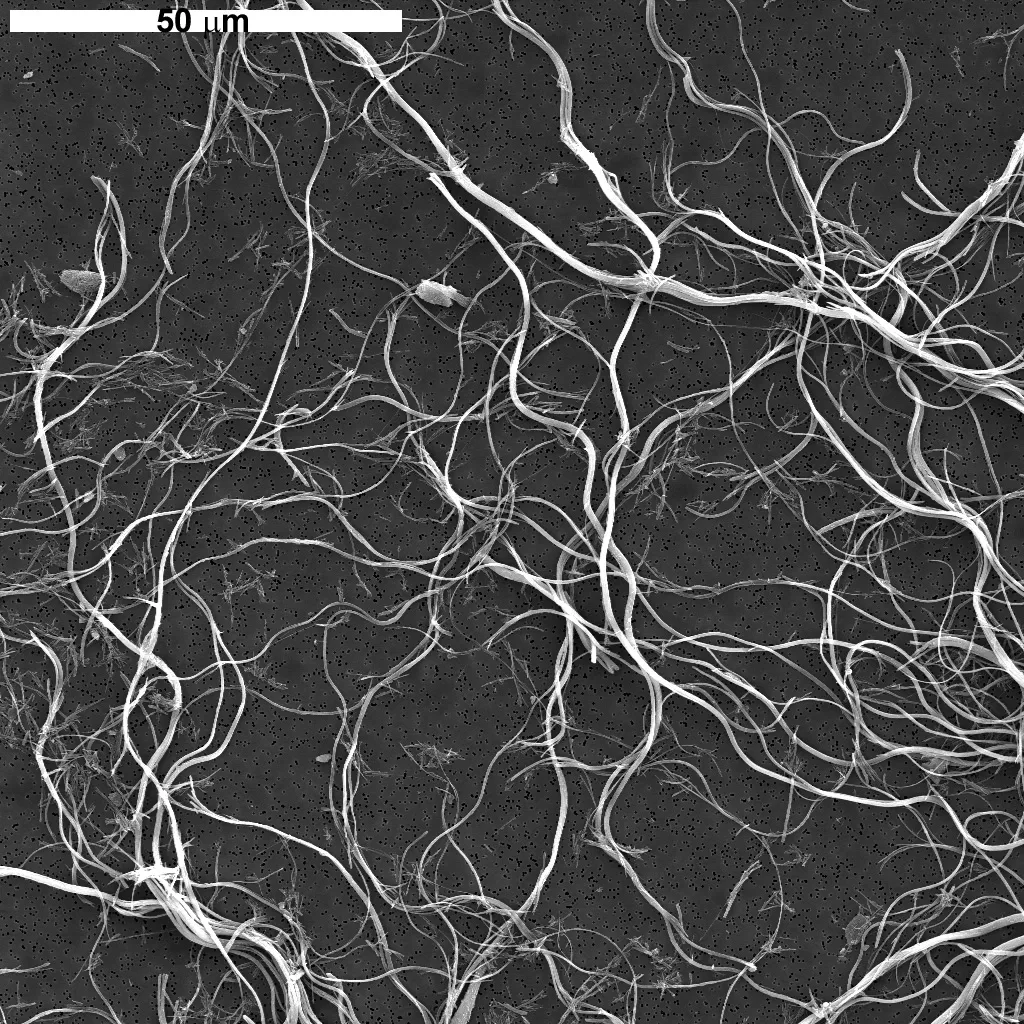
Asbestos exposure is linked to several lung diseases. But it took a long time for scientists to understand the dangers that asbestos exposure poses.
The risks of asbestos exposure were first studied in the early 1900s. Dr. E.R.A. Merewether published the first clinical examination of workers in the asbestos industry that showed a link between exposure and disease in 1930. Since then, countless studies have been conducted on asbestos using mineral samples from the National Museum of Natural History’s collection. The museum’s asbestos-like minerals helped scientists research the effects of asbestos on the human body and confirm the relationship between asbestos exposure and different lung diseases
Related stories:
Six Videos that Put the Pandemic in Context
Get to Know the Scientist in Charge of Smithsonian’s 1.9 Million Mosquitoes
Why We Need to Save the Parasites
Get to Know the Scientist Studying Ancient Pathogens at the Smithsonian
This Smithsonian Scientist is on a Mission to Make Leeches Less Scary

